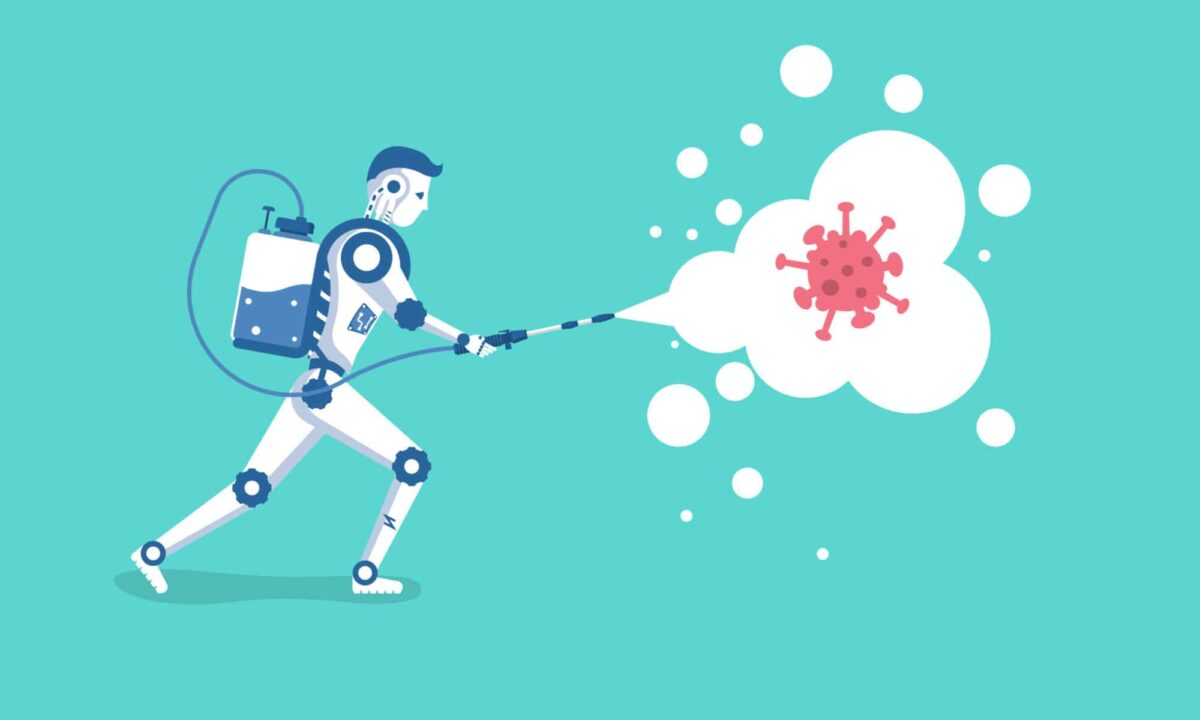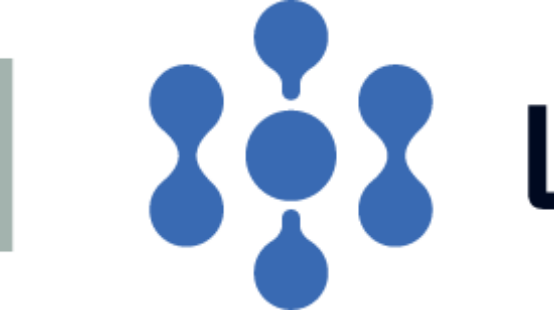
It’s nearly one year on since the first cases of Coronavirus appeared, traced back to 17th November 2019 in the Hubei province, China, and the world is still grappling with it, with many countries hitting daily records of cases still, with such huge threats to humanity and society in general, a high focus has been put on harnessing technological innovation and ingenuity to help with the fight against this nasty virus. This is where Robots, Artificial Intelligence (AI) and machine learning are playing key parts in understanding and addressing this crisis.
Every type of organisation whether small or large have either expanded or deployed robots to help find new ways to operate due to social distancing, increased hygiene and cleaning requirements, and quarantine measures, as in many cases the robots can perform roles that workers are not able to do from their own home.
Here are a few examples:
- Heathrow airport introduces disinfection robots that move through the terminal disinfecting high-risk areas
- America’s biggest retailer Walmart introduced robots to scrub its floors
- McDonalds have been deploying robots as cooks and servers
- Robots have been used in South Korea to measure temperatures and distribute hand sanitiser
As well as hardware-based robots, we have also seen machine learning technology play an important role, especially for healthcare and governments. Machine learning can ingest large data sets to find patterns and insights quickly and effectively, without it we would have not been apply to understand how COVID-19 spreads, how it mutates or been able to speed up research and treatment, and in fact, it was a Canadian start-up called Bluedot that raised the alarm about the worrying outbreak in Wuhan, Bluedot uses AI to detect the outbreak of diseases.
Let us look at a few examples of how machine learning has helped during this pandemic:
- NHS Digital and the University of Cambridge developed the Capacity Planning and Analysis System (CPAS) which predicts and plan resources that are needed to treat patients that are critically ill
- A French start-up called Clevy.io launched a chatbot to help citizens find government COVID-19 related materials and official communications
- Mantle Labs AI-driven crop monitoring solution which assesses satellite images of crops to detect potential issues, using machine learning models
Machine learning is being used globally by researchers to analyse huge amounts of data used to forecast the COVID-19 spread, as an early warning system to help the vulnerable as well as for predicting future pandemics.
As we have seen, robots, AI and machine learning has played a significant part in the fight against COVID-19 and with experts expecting social distancing measures to be in place through the whole of 2021, we could see even more demand for them moving forward, with this there will be some job losses as more processes and operations become automated, but this will be replaced with more new job openings focused on new operations and new ways of working, which have been skyrocketed by this pandemic, so now would probably be a good time with the holiday season nearly upon us to look at either upskilling or reskilling.
If you would like to know how the #TimeSavingGurus can help you to deploy and enable AI-based functions and operations, get in touch with me at [email protected]



